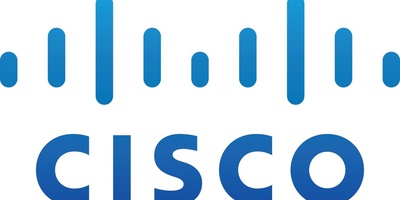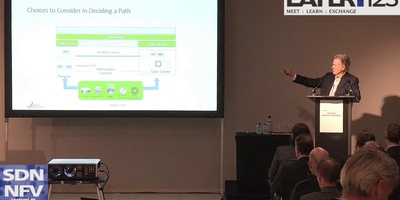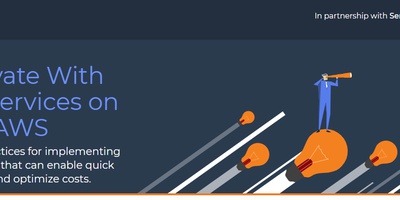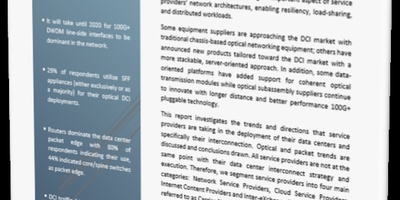Bringing compute and applications to the edge of customers’ networks is a demanding task. It involves mastering unique requirements: smaller footprints, resilient software, application diversity, security for multiple users and tenants, and robust centralized automation (to name a few).
Underpinning these is the need to provide open, scalable and high-performance networking in support the distributed cloud. For bonus points, implementing that network automatically and in line with business intent as a unified logical fabric would be a valuable asset for any operator to have.
Last week, Pluribus Networks took a few steps toward making these capabilities available for the distributed multi-cloud (https://www.pluribusnetworks.com/blog/the-edge-just-got-real/). Building on foundations already available in its Adaptive Cloud Fabric (ACF), it brought several innovations applicable to edge cloud deployments to market.
First, it unveiled an integration of its ACF software with Celestica’s (https://www.celestica.com/) EdgestoneTM open hardware switch, specially designed to insert into edge infrastructure sites. These are using the same ACF functionality as is running in larger, more centralized data centers. The behavior of each is tuned to its environment. This creates a logically unified, yet physically distributed network for the cloud.
Pluribus also introduced an enhancement to its data center gateway software to run as a virtual node in top-of-rack and edge cloud nodes. This allows an operator to place a gateway to an external cloud (to integrate SaaS or XaaS services to the deployment) at any point the operator requires. A multi-tenant, multi-cloud solution can be straightforwardly implemented using this capability.
Finally, based on understanding that deployment of the entire distributed cloud is simplified by integrating the fabric with the cloud computing software it is supporting, Pluribus engaged with Red Hat (https://www.redhat.com/en) to integrate Pluribus’ ACF with Red Hat’s OpenStack virtual computing platform and its Ansible automation system available. Plans to create an integration with Red Hat’s OpenShift container management software were also confirmed.
On the surface this may sound like table stakes for how edge clouds will be deployed. But highlighting a few details under the covers brings a different picture into focus. Red Hat’s OpenStack is in the early wave of software offerings in the industry enabled for consistent orchestration of a set of distributed cloud deployments. In addition, Pluribus’ existing integration with Ansible has provided it with a leg up on developing automation for distributed clouds.
So, although the challenges in creating distributed clouds are substantial, with each of its announcements Pluribus is bringing new capabilities to its customers to make versatile and high-performance networking real in distributed clouds.




















